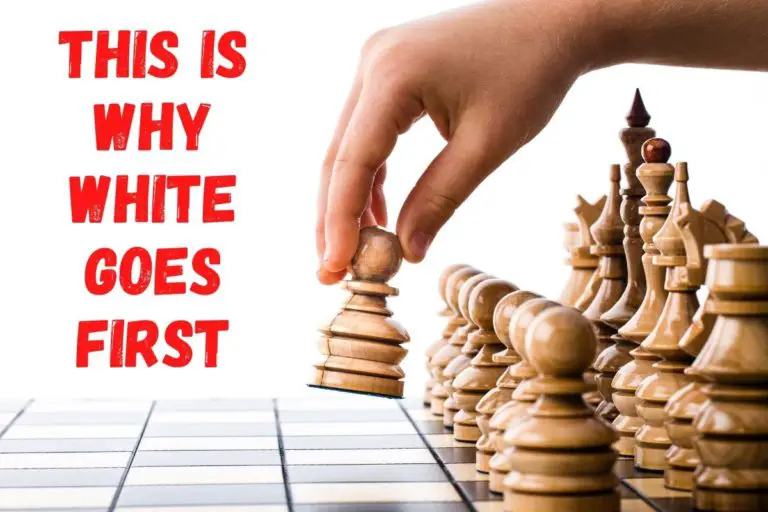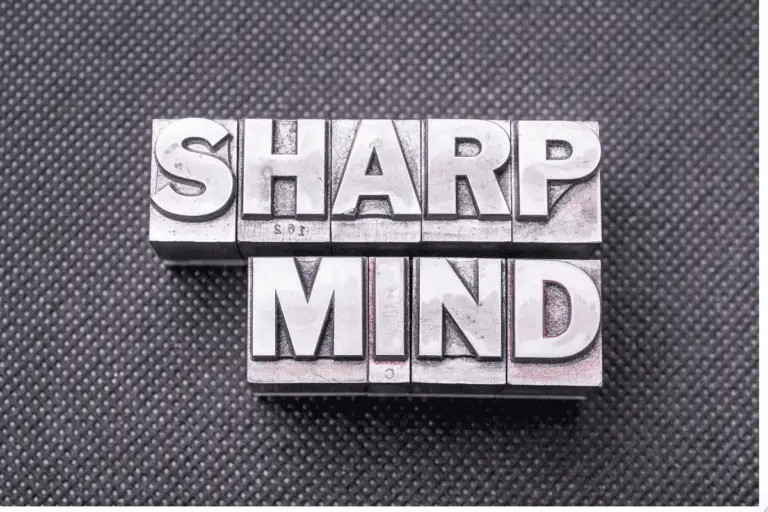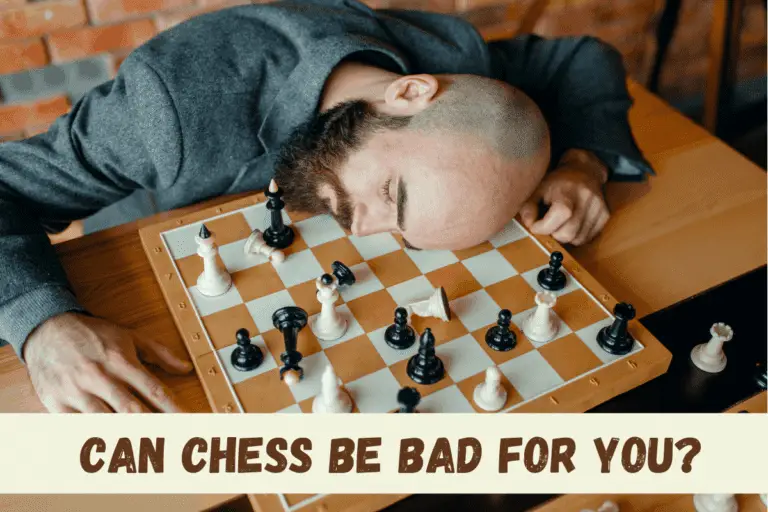The Bongcloud Opening in Chess: A Dangerous and Silly Strategy
⭐⭐⭐ Take 5 minutes to read and improve your chess game ➡️ : This article was first published on, and is Copyright of Chessquestions.com
The Bongcloud Opening in Chess is a highly unconventional and risky strategy that should be avoided at all costs. Named for its inventor, internet chess legend Lenney_Bongcloud, the opening can quickly lead to disaster for your chess game. In this blog post, we will take a closer look at the Bongcloud Attack and why you should stay away from it!
You’ll learn the fundamental concepts, how to execute them, and what common traps to avoid. By the end of this guide, you’ll be ready to experiment with your chess game and the Bongcloud. So let’s get started!
What is the Bongcloud Opening
The bongcloud opening started as a joke from the chess.com user Lenney_Bongcloud; it is an opening where white voluntarily throws castling privileges in the game by making Ke2 on the second move after opening with the King’s pawn. Since the bongcloud, or denying yourself an opportunity to castle, is so technically unsound, it became an instant chess meme for the ridiculous nature of the move.

The moves for the bongcloud opening include 1. e4 e5 2. Ke2, where the move Ke2 declares Bongcloud attack; it is easy to see why The Bongcloud is considered a joke opening. White gives up castling privileges for no reason and blocks the f1 bishop. No matter how you look at it, this is a bad move.
You will find very few YouTube videos based around Bongcloud. Only when famous chess streamers and YouTubers like Hikaru Nakamura cover the attack is there any genuine interest.
The Bongcloud is so unsound from a strategy perspective that it only makes sense to attempt if the player wants a personal challenge to overcome the immediate disadvantage they place themselves in.
In serious chess games, players should not attempt the Bongcloud attack.
- The Bongcloud is dictated by 1. e4 e5 2. Ke2
- Bongcloud is one of the worst possible openings
- Black gains an immediate advantage in the game
- White loses castling privilege
Basic Moves and Strategy of the Bongcloud Attack
There is no real strategy behind the bongcloud since it is an unsound move that intends to give the opponent an early advantage.
However, there are things that you can do to make the position better. You can go back to e1 and continue developing as you have never played e2, or you can go pawn to f3 and artificially castle via the f2 square.
The vulnerability of the King is the main weakness of the Bongcloud opening. Suppose a player insists on playing Bongcloud and losing a tempo by playing the move. In that case, the only real option available is an artificial castle.
Completing the Castle move in this manner will encompass a couple more moves that highlight how ridiculous 2. Ke2 is
For the most part, it is preferable to just back at the e1 square since going f3 and Kf2 exposes the weak King to the dark squares; this might become a problem when trying to castle. After e1, it is best to develop the knight to g3 and bishop to c4, then somehow castle without getting checkmated.
Strengths
There is no strength in playing the bongcloud opening.
Anyone the claims the Bongcloud is a strong opening is not a chess expert.
There is a reason why The Bongcloud is considered a joke opening.
The moves rank as one of the worst possible combinations of the first two moves in a chess game.
In any chess theory, it is one of the worst openings in chess that a chess player can play.
There is no strength in talking about it game-wise, but if we are talking about the art of trash-talking, then there is one to mention.
Since the Bongcloud is theoretically a prank opening, winning after using the opening could bring a sense of pride in your abilities. You can trash talk about how you have played a bad opening and still manage to win.
Weaknesses
There are several weaknesses in the Bongcloud opening.
The first weakness is whites’ inability to subsequently castle, leading to a situation where the King can be highly vulnerable in the center.
Watch many chess games; you will realize that castling is almost automatic as part and parcel of a vast range of chess openings. The inability to castle is a huge blow early on.
The second weakness is the loss in tempo that Ke2 will bring.
Since Bongcloud is a bad opening and ultimately a mistake, there is no preferable option to going back, which leads to further loss in tempo.
Tempo is essential in chess (which is why white is slightly favored); the Bongcloud opening can potentially cost the player a total of 2 move tempo lost.
The third significant weakness is Ke2 blocking the development of both the queen and the Kings’ bishop.
The King on e2 prevents the swift development of these pieces unless the King moves away. You can develop the queen when the pawns move and fianchetto the bishop, but this will lead to more loss in tempo than just going back to e1.
How You Should Play Against the Bongcloud
Against the Bongcloud, the best way to play the position efficiently is to develop as many pieces as possible and overwhelm white with your complete development. Developing rapidly as black against Bongcloud is essential as white will lose multiple tempi, an advantage provided to black.
Lenny_Bongcloud, The Legend
Chess.com user, Lenny_bongcloud is where the name of the opening came from after he repeatedly used the first two moves.
It was plainly apparent that Lenny was not looking to win games of chess on the platform but was just trolling to site by trying to move his king from one side of the board to the other as quickly as possible, which more often than not, and almost always, ended in defeat and one of the lowest chess.com ratings possible.
It was considered an honor to find yourself in a game with Lenny and some players would even make way for him to achieve the goal of getting his king to the other side, before inflicting defeat upon him.
There seemed to be no other motivation in playing the opening that the King race to the other side.
Who knows what the ultimate motivation was in Lenny’s game, but he has gone down in history in being one of the select few people, generally famous grandmasters, and champions, who have had a chess opening name after them.
Double Bongcloud
The double Bongcloud occurs when 2. Ke2 if followed by 2…Ke7
here we have both white and black players giving up casting rights and playing their King to the bongcloud position.

This is a respected double challenge where white has thrown down the challenge for black to defeat them despite playing one of the worst chess openings known to man.
Black responds by equalizing the position by playing an equally bad move.
From here the game is anyone. White still has the advantage thanks to the gift from black in responding with double Bongcloud.
The Double Bongcloud can be widely considered as a novelty game of chess from the moment the black King hits the e7 square.
If there is any doubt about how the Bongcloud is a chess meme, take a look at this video where the world’s best chess player, Magnus Carlsen, plays Bongcloud opening against GM Hikaru Nakamura and they laugh while they are playing
Conclusion
The bongcloud opening is a mistake and should provide an advantage to the opponent that played positively should not be given up throughout the remainder of the game.
If we’re talking about Bongcloud skill-wise, there is no benefit in playing it other than the personal challenge of overcoming the disadvantage you caused yourself. It gives so much impetus to the opponent.
The vulnerable King, the loss in tempos, and the blocking of pieces resulting in moving the King on e2 is a disaster opening causing the technical perspective. You can use it to troll your opponents but do not expect it to be a solid opening.






